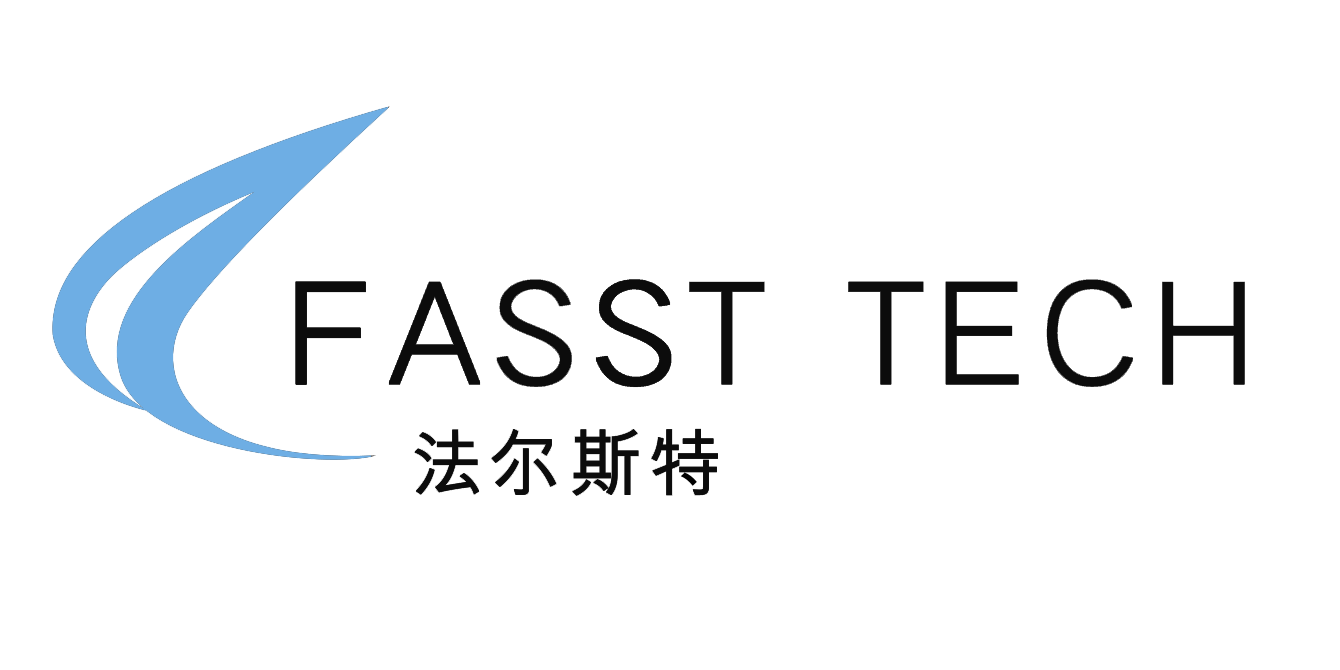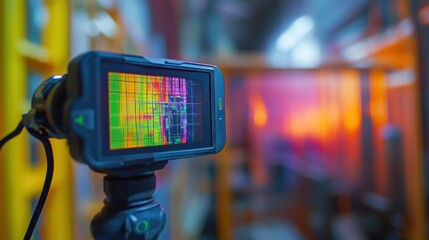INFRARED THERMAL IMAGER MARKET OVERVIEW
The global infrared thermal imager market size was anticipated to be worth USD 5.83 billion in 2024 and is expected to reach USD 7.93 billion by 2033 at a CAGR of 3.4% during the forecast period from 2025 to 2033.
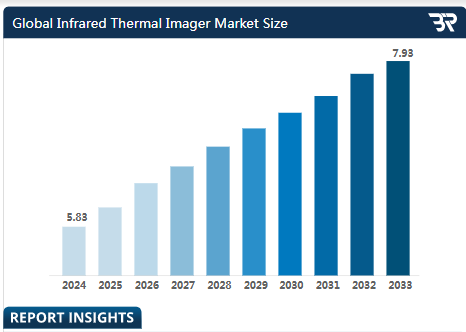
An infrared thermal imager, commonly referred to as an infrared camera or a thermal imaging camera, is a tool that uses heat-emitting infrared radiation to detect objects and scenes in order to collect and show thermal images of them. Thermal imagers operate in the infrared spectrum, which allows them to see temperature variations and heat patterns that are otherwise imperceptible to the human eye, in contrast to regular cameras that only record visible light. The infrared sensor or detector, which is the main part of the imager, is frequently based on innovations like microbolometers or thermopiles. These sensors are infrared radiation sensitive. The infrared radiation that enters the imager is focused onto the sensor by a lens mechanism. Infrared radiation is received by the sensor, converted to electrical impulses, and processed to provide a thermal image.
Measuring the efficiency of heating, ventilation, and air conditioning (HVAC) systems, locating insulation problems, and detecting heat leaks. To avoid failures and fires, electrical systems should have overheated components identified. checking the temperature of machinery and equipment to look for any irregularities or potential breakdowns. Medical applications for thermal imagers include locating blood vessels, recognizing inflammation, and detecting changes in skin temperature. When searching for humans or animals in dimly lit areas, such as during search and rescue operations, thermal imagers are an invaluable tool. Thermal imagers are used by military personnel for night vision, target acquisition, and surveillance purposes.
INFRARED THERMAL IMAGER MARKET SEGMENTATION
By Type
Based on type market is classified as shortwave infrared, medium wave infrared and long wave infrared.
By Application
Based on application market is classified as electricity, medical, aerospace, transportation and others.

 The Scramble for AI Computing Power
The Scramble for AI Computing Power
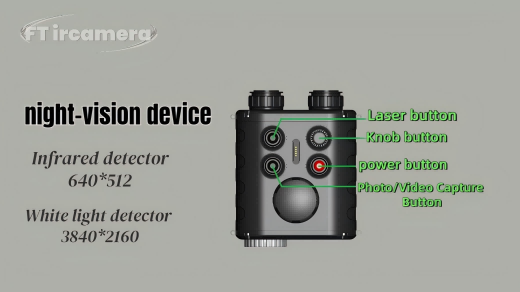 looking infrared camera
looking infrared camera
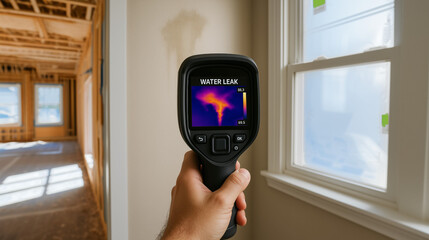 About the thermal imaging camera
About the thermal imaging camera
